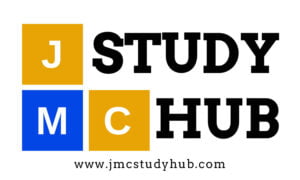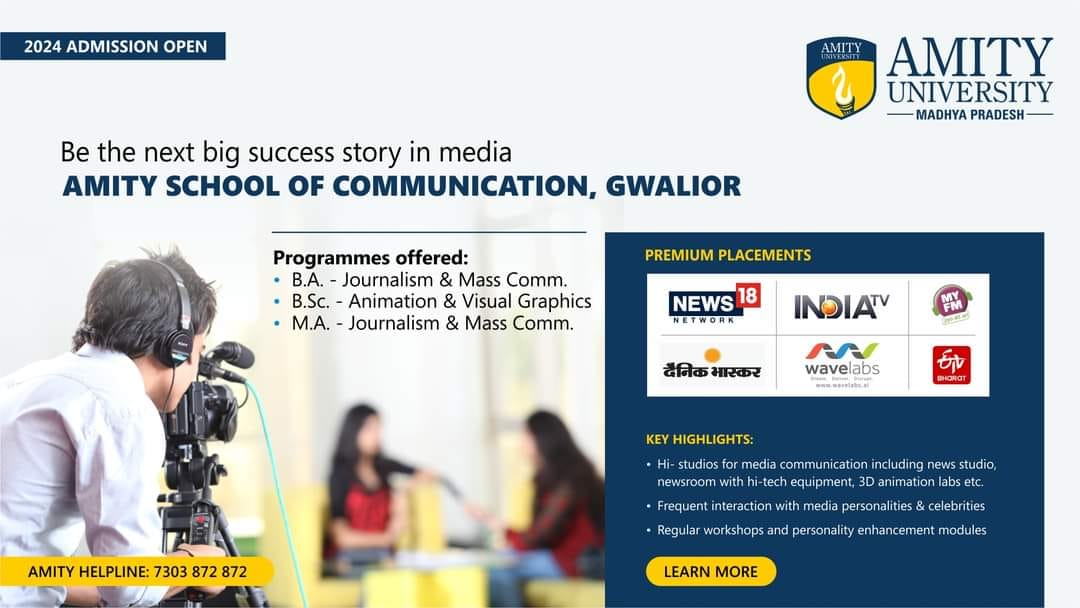“World Radio Day’ is celebrated on:
Getting ready for the UGC-NET exam or any other exam in Journalism and Mass Communication can be challenging. But with JMC Study Hub, it doesn’t have to be! We know that aspirants sometimes find it hard to understand the concepts, so we’re here to help. In this blog post, explanations of the questions will give a better understanding.
“World Radio Day’ is celebrated on: Read More »



